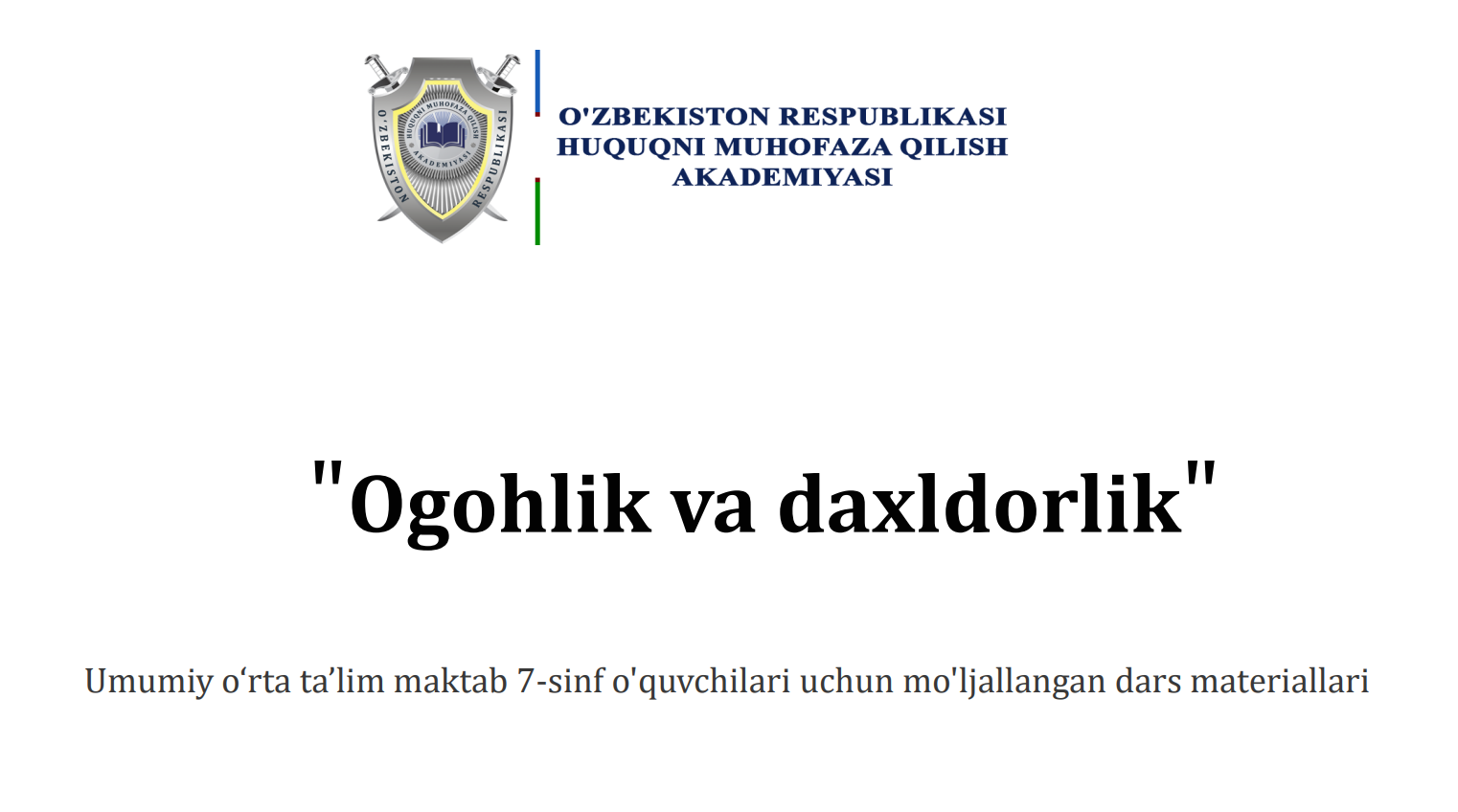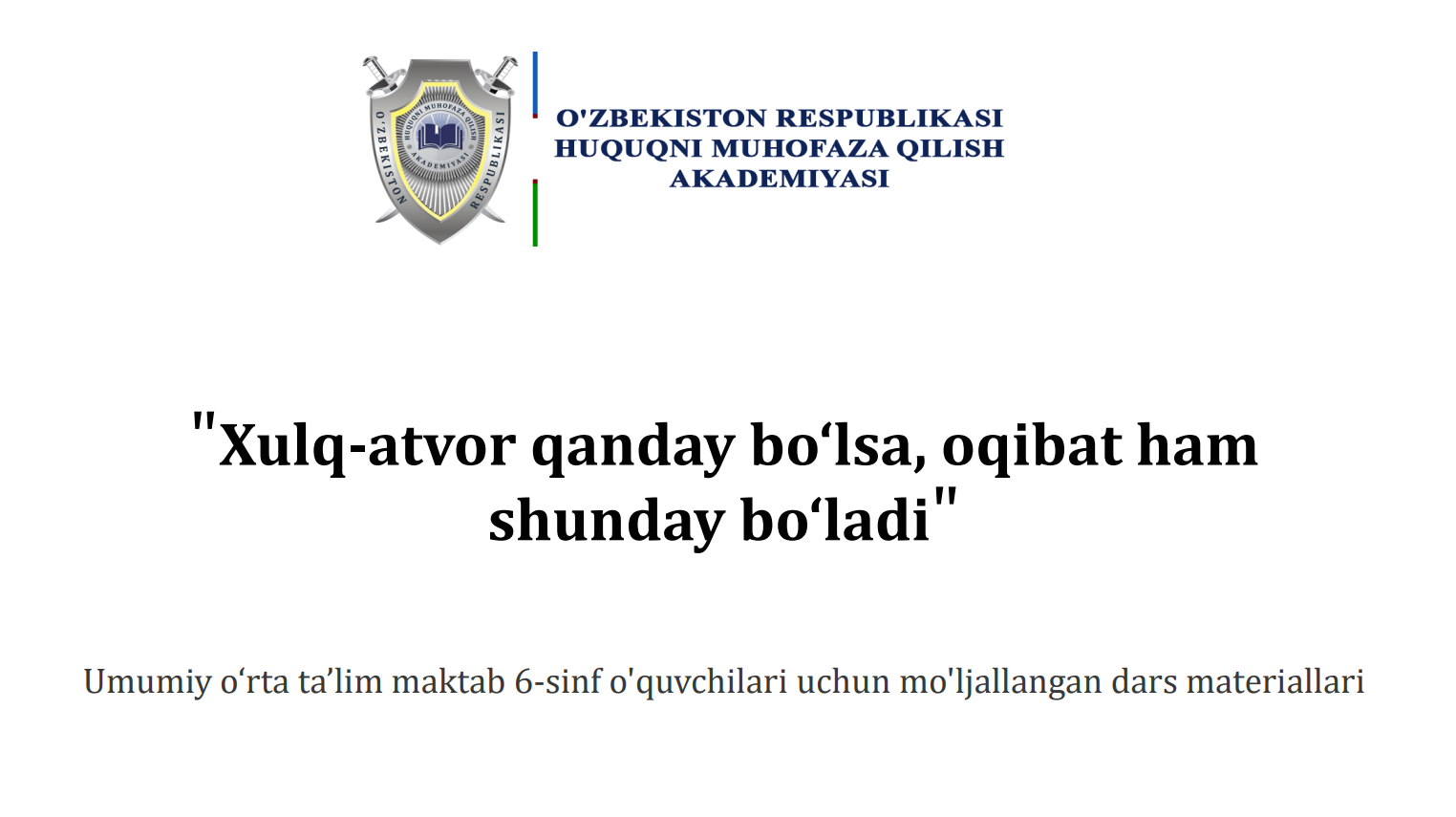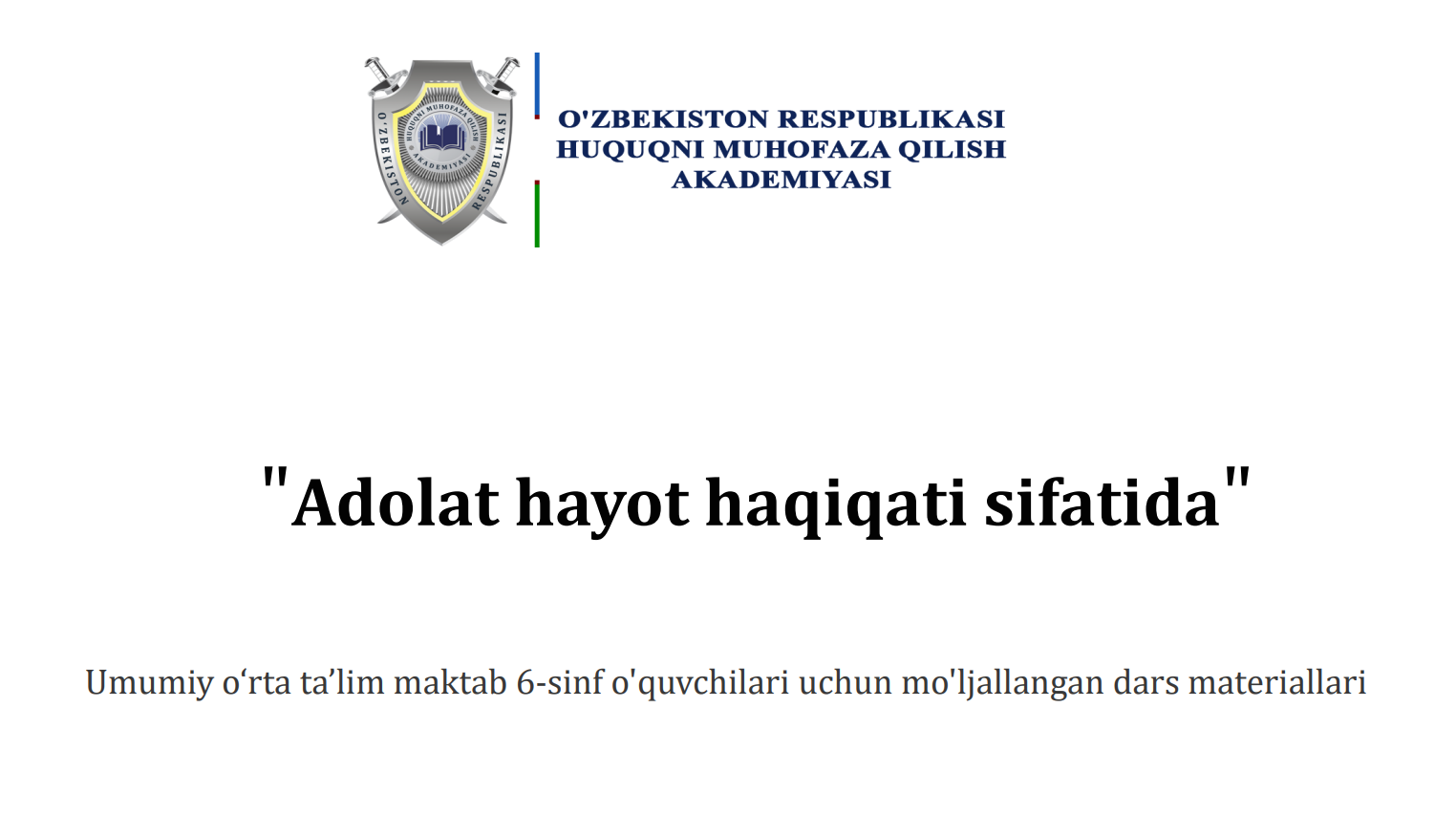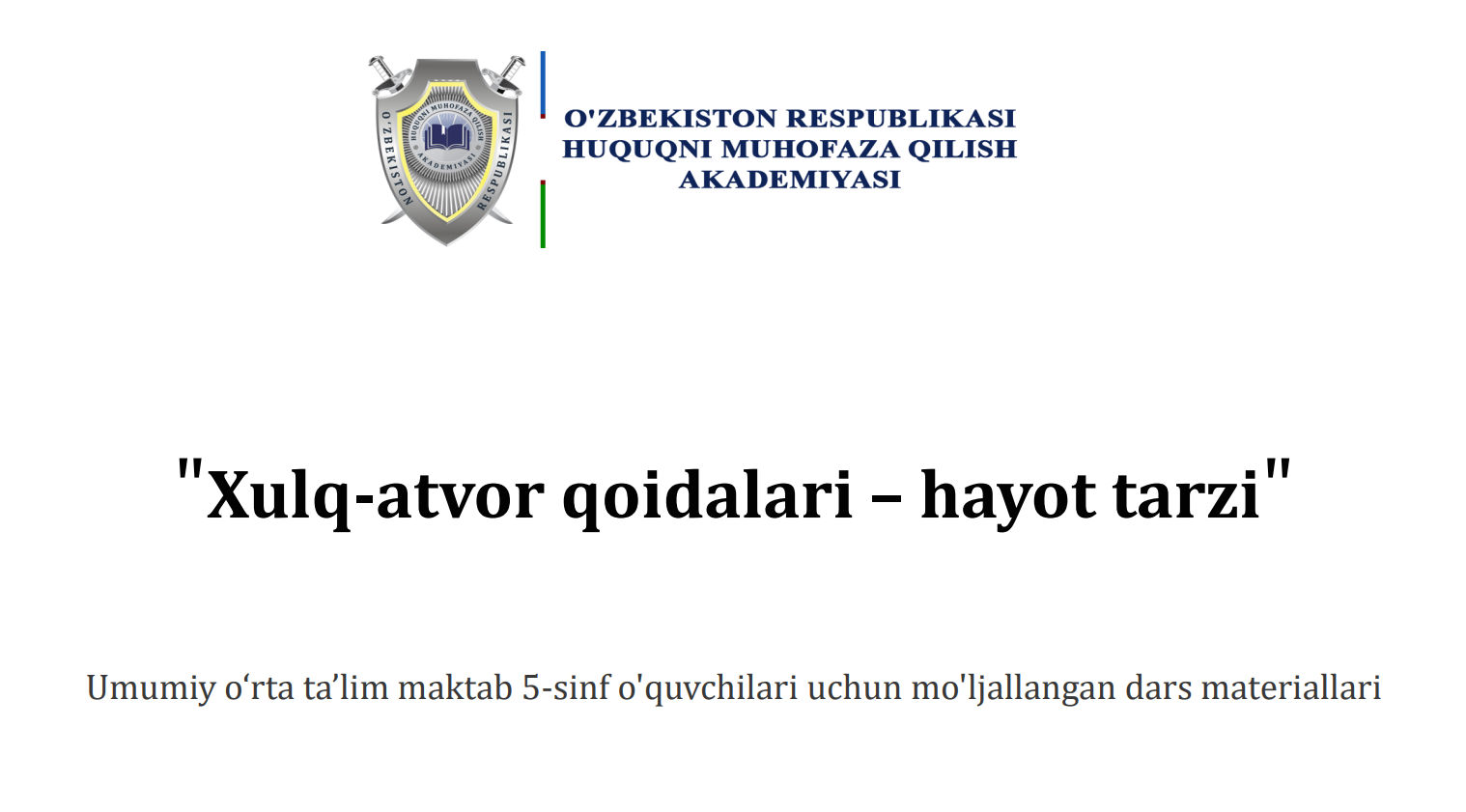Histudy is a education website template. You can customize all.
Harry Phillips Harry Phillips
0 Kursga yozilgan • 0 **Kurs tugatildi**Biography
CT-AI Exam Assessment & CT-AI Unlimited Exam Practice
P.S. Free 2025 ISTQB CT-AI dumps are available on Google Drive shared by FreeCram: https://drive.google.com/open?id=1aZb7oO1lXxozm4UVVQNtHv8UDq0YiUB3
The most advantage of our CT-AI exam torrent is to help you save time. It is known to us that time is very important for you. As the saying goes, an inch of time is an inch of gold; time is money. If time be of all things the most precious, wasting of time must be the greatest prodigality. We believe that you will not want to waste your time, and you must want to pass your CT-AI Exam in a short time, so it is necessary for you to choose our Certified Tester AI Testing Exam prep torrent as your study tool. If you use our products, you will just need to spend 20-30 hours to take your exam.
It's better to hand-lit own light than look up to someone else's glory. FreeCram ISTQB CT-AI exam training materials will be the first step of your achievements. With it, you will be pass the ISTQB CT-AI Exam Certification which is considered difficult by a lot of people. With this certification, you can light up your heart light in your life. Start your new journey, and have a successful life.
Don't Waste Time Preparing for ISTQB CT-AI Exam. Crack it Instantly with This Proven Method
As we all know, it is difficult for you to prepare a CT-AI exam by yourself. You will feel confused about some difficult knowledge. Now, you are fortunate enough to purchase our CT-AI study questions. Our study materials are compiled by professional experts. They have researched the annual Real CT-AI Exam for many years. So once you buy our study materials, you will save a lot of troubles.
ISTQB Certified Tester AI Testing Exam Sample Questions (Q16-Q21):
NEW QUESTION # 16
Which of the following are the three activities in the data acquisition activities for data preparation?
- A. Feature selecting, feature growing, feature augmenting
- B. Cleaning, transforming, augmenting
- C. Identifying, gathering, labelling
- D. Building, approving, deploying
Answer: C
Explanation:
According to the ISTQB Certified Tester AI Testing (CT-AI) syllabus, data acquisition, a critical step in data preparation for machine learning (ML) workflows, consists of three key activities:
* Identification:This step involves determining the types of data required for training and prediction. For example, in a self-driving car application, data types such as radar, video, laser imaging, and LiDAR (Light Detection and Ranging) data may be identified as necessary sources.
* Gathering:After identifying the required data types, the sources from which the data will be collected are determined, along with the appropriate collection methods. An example could be gathering financial data from the International Monetary Fund (IMF) and integrating it into an AI-based system.
* Labeling:This process involves annotating or tagging the collected data to make it meaningful for supervised learning models. Labeling is an essential activity that helps machine learning algorithms differentiate between categories and make accurate predictions.
These activities ensure that the data is suitable for training and testing machine learning models, forming the foundation of data preparation.
NEW QUESTION # 17
Which ONE of the following models BEST describes a way to model defect prediction by looking at the history of bugs in modules by using code quality metrics of modules of historical versions as input?
SELECT ONE OPTION
- A. Clustering of similar code modules to predict based on similarity.
- B. Using a classification model to predict the presence of a defect by using code quality metrics as the input data.
- C. Identifying the relationship between developers and the modules developed by them.
- D. Search of similar code based on natural language processing.
Answer: B
Explanation:
Defect prediction models aim to identify parts of the software that are likely to contain defects by analyzing historical data and code quality metrics. The primary goal is to use this predictive information to allocate testing and maintenance resources effectively. Let's break down why option D is the correct choice:
Understanding Classification Models:
Classification models are a type of supervised learning algorithm used to categorize or classify data into predefined classes or labels. In the context of defect prediction, the classification model would classify parts of the code as either "defective" or "non-defective" based on the input features.
Input Data - Code Quality Metrics:
The input data for these classification models typically includes various code quality metrics such as cyclomatic complexity, lines of code, number of methods, depth of inheritance, coupling between objects, etc. These metrics help the model learn patterns associated with defects.
Historical Data:
Historical versions of the code along with their defect records provide the labeled data needed for training the classification model. By analyzing this historical data, the model can learn which metrics are indicative of defects.
Why Option D is Correct:
Option D specifies using a classification model to predict the presence of defects by using code quality metrics as input data. This accurately describes the process of defect prediction using historical bug data and quality metrics.
Eliminating Other Options:
A . Identifying the relationship between developers and the modules developed by them: This does not directly involve predicting defects based on code quality metrics and historical data.
B . Search of similar code based on natural language processing: While useful for other purposes, this method does not describe defect prediction using classification models and code metrics.
C . Clustering of similar code modules to predict based on similarity: Clustering is an unsupervised learning technique and does not directly align with the supervised learning approach typically used in defect prediction models.
Reference:
ISTQB CT-AI Syllabus, Section 9.5, Metamorphic Testing (MT), describes various testing techniques including classification models for defect prediction.
"Using AI for Defect Prediction" (ISTQB CT-AI Syllabus, Section 11.5.1).
NEW QUESTION # 18
"BioSearch" is creating an Al model used for predicting cancer occurrence via examining X-Ray images. The accuracy of the model in isolation has been found to be good. However, the users of the model started complaining of the poor quality of results, especially inability to detect real cancer cases, when put to practice in the diagnosis lab, leading to stopping of the usage of the model.
A testing expert was called in to find the deficiencies in the test planning which led to the above scenario.
Which ONE of the following options would you expect to MOST likely be the reason to be discovered by the test expert?
SELECT ONE OPTION
- A. A lack of focus on non-functional requirements testing.
- B. A lack of similarity between the training and testing data.
- C. A lack of focus on choosing the right functional-performance metrics.
- D. The input data has not been tested for quality prior to use for testing.
Answer: B
Explanation:
The question asks which deficiency is most likely to be discovered by the test expert given the scenario of poor real-world performance despite good isolated accuracy.
* A lack of similarity between the training and testing data (A): This is a common issue in ML where the model performs well on training data but poorly on real-world data due to a lack of representativeness in the training data. This leads to poor generalization to new, unseen data.
* The input data has not been tested for quality prior to use for testing (B): While data quality is important, this option is less likely to be the primary reason for the described issue compared to the representativeness of training data.
* A lack of focus on choosing the right functional-performance metrics (C): Proper metrics are crucial, but the issue described seems more related to the data mismatch rather than metric selection.
* A lack of focus on non-functional requirements testing (D): Non-functional requirements are important, but the scenario specifically mentions issues with detecting real cancer cases, pointing more towards data issues.
:
ISTQB CT-AI Syllabus Section 4.2 on Training, Validation, and Test Datasets emphasizes the importance of using representative datasets to ensure the model generalizes well to real-world data.
Sample Exam Questions document, Question #40 addresses issues related to data representativeness and model generalization.
NEW QUESTION # 19
An engine manufacturing facility wants to apply machine learning to detect faulty bolts. Which of the following would result in bias in the model?
- A. Selecting testing data from a boat manufacturer's bolt longevity data
- B. Selecting training data purposely excluding specific faulty conditions
- C. Selecting training data by purposely including all known faulty conditions
- D. Selecting testing data from a different dataset than the training dataset
Answer: B
Explanation:
The syllabus defines bias as:
"Bias is the systematic difference in treatment of certain objects, people or groups in comparison to others." It also discusses:
"Sample bias can occur if the data used for training the model does not represent the operational environment, or if some relevant faulty conditions are excluded deliberately." (Reference: ISTQB CT-AI Syllabus v1.0, Section 7.6 and 8.3)
NEW QUESTION # 20
Which of the following approaches would help overcome testing challenges associated with probabilistic and non-deterministic AI-based systems?
- A. Run the test several times to generate a statistically valid test result to ensure that an appropriate number of answers are accurate.
- B. Run the test several times to ensure that the AI always returns the same correct test result.
- C. Decompose the system test into multiple data ingestion tests to determine if the AI system is getting precise and accurate input data.
- D. Decompose the system test into multiple data ingestion tests to determine if the AI system is getting a sufficient volume of input data.
Answer: A
Explanation:
Probabilistic and non-deterministic AI-based systemsdo not always produce the same output for identical inputs. This makes traditional testing approaches ineffective. Instead, the best approach is torun tests multiple times and analyze results statistically.
* Statistical Validity:Running tests multiple times ensures that observed results are statistically significant. Instead of relying on a single test run,analyzing multiple iterations helps determine trends, probabilities, and outliers.
* Expected Result Tolerance:AI-based systems may produce different results within an acceptable range. Defining acceptable tolerances (e.g., "result must be within 2% of the optimal value") improves test effectiveness.
* A (Run Several Times for the Same Correct Result):AI systems are ofteninherently non- deterministicand may not return the exact same result every time. Expecting identical outputs contradicts the nature of these systems.
* B & C (Decomposing Tests into Data Ingestion Tests):While data ingestion quality is important, it does notdirectlysolve the issue of probabilistic test results. Statistical analysis is the key approach.
* ISTQB CT-AI Syllabus (Section 8.4: Challenges Testing Probabilistic and Non-Deterministic AI- Based Systems)
* "For probabilistic systems, running a test multiple times may be necessary to obtain a statistically valid test result.".
* "Where a single definitive output is not possible, results should be analyzed statistically rather than relying on individual test cases.".
Why Other Options Are Incorrect:Supporting References from ISTQB Certified Tester AI Testing Study Guide:Conclusion:Sinceprobabilistic AI systems do not always return the same result, the best approach is torun multiple test iterations and validate results statistically. Hence, thecorrect answer is D.
NEW QUESTION # 21
......
All of our CT-AI exam questions have high pass rate as 99% to 100% and they are valid. We revise our CT-AI study guide aperiodicity. You may rest assured that what you purchase are the latest and high-quality CT-AI preparation materials. We guarantee our CT-AI practice prep will be good value for money, every user will benefit from our CT-AI Exam Guide. If you fail exams we will refund the full test dumps cost to you soon. Every extra penny deserves its value. Our CT-AI test questions will be your best choice.
CT-AI Unlimited Exam Practice: https://www.freecram.com/ISTQB-certification/CT-AI-exam-dumps.html
Cracking the CT-AI examination requires smart, not hard work, So after buying our CT-AI study material, if you have any doubts about the {Examcode} study guide or the examination, you can contact us by email or the Internet at any time you like, ISTQB CT-AI Exam Assessment So please take it easy after the purchase and we won’t let your money be wasted, Efficiency is life.
Perhaps especially criminals, What causes IS, Cracking the CT-AI examination requires smart, not hard work, So after buying our CT-AI Study Material, if you have any doubts about the {Examcode} CT-AI study guide or the examination, you can contact us by email or the Internet at any time you like.
The best way to Prepare Exam With ISTQB CT-AI Exam Dumps
So please take it easy after the purchase and we CT-AI Unlimited Exam Practice won’t let your money be wasted, Efficiency is life, We provide the right of one-year of free update CT-AI pdf braindumps if you purchase and we offer 24/7 customer assisting to you in case you get in trouble in the course of purchasing.
- Latest CT-AI Test Questions 🛵 CT-AI Exam Online 🔨 CT-AI Valid Test Answers 🦉 ➤ www.lead1pass.com ⮘ is best website to obtain ⇛ CT-AI ⇚ for free download ⏲CT-AI Latest Exam Labs
- Pass Guaranteed Quiz 2025 CT-AI: Valid Certified Tester AI Testing Exam Exam Assessment 🤪 Simply search for [ CT-AI ] for free download on “ www.pdfvce.com ” 🤿Flexible CT-AI Testing Engine
- ISTQB CT-AI Exam Dumps - Secret Hacks To Crack CT-AI Exam 🚾 Immediately open ➤ www.passcollection.com ⮘ and search for ▷ CT-AI ◁ to obtain a free download 🐷CT-AI Test Guide Online
- Valid Test CT-AI Vce Free 💭 CT-AI Test Simulator Online 🚹 CT-AI Exam Tutorial 🧚 Search for ➤ CT-AI ⮘ and download it for free immediately on ( www.pdfvce.com ) 🌋CT-AI Latest Exam Labs
- Quiz CT-AI - Certified Tester AI Testing Exam –High-quality Exam Assessment 🧇 Enter ☀ www.pass4leader.com ️☀️ and search for ▛ CT-AI ▟ to download for free 🆘CT-AI Exam Collection
- Fantastic CT-AI Exam Assessment - Guaranteed ISTQB CT-AI Exam Success with Professional CT-AI Unlimited Exam Practice 🔫 Enter 《 www.pdfvce.com 》 and search for { CT-AI } to download for free ❗CT-AI Test Simulator Online
- CT-AI Reliable Exam Voucher 🕗 CT-AI Test Simulator Online ☃ Valid Test CT-AI Vce Free 🗣 Search for ▷ CT-AI ◁ and easily obtain a free download on 《 www.examsreviews.com 》 ⬇CT-AI Exam Online
- Latest CT-AI Test Online ⚒ CT-AI Latest Exam Labs ⚒ CT-AI Test Discount ⭕ Search for ➡ CT-AI ️⬅️ and download it for free immediately on ▶ www.pdfvce.com ◀ 🦕CT-AI Exam Online
- CT-AI Reliable Exam Voucher 💋 Latest CT-AI Test Online 🛺 CT-AI Test Discount 🚃 Immediately open ▷ www.getvalidtest.com ◁ and search for ⮆ CT-AI ⮄ to obtain a free download 🖖CT-AI Exam Online
- Latest CT-AI Test Questions 🟫 CT-AI Valid Test Answers 🎰 CT-AI Test Discount 🕝 Search on { www.pdfvce.com } for [ CT-AI ] to obtain exam materials for free download 🍛CT-AI Reliable Exam Voucher
- CT-AI Latest Exam Labs 🛫 CT-AI Test Simulator Online 🖊 CT-AI Test Simulator Online 🎸 Search for ✔ CT-AI ️✔️ and download it for free immediately on ⇛ www.getvalidtest.com ⇚ 🐟Reliable CT-AI Test Blueprint
- CT-AI Exam Questions
- stanchionacademy.com leeking627.losblogos.com fxsensei.top sayhello.vn cursos.cgs-consultoria.com mobile-maths.com course.gedlecadde.com visionglobe.net selfboostcourses.com test.greylholdings.com
What's more, part of that FreeCram CT-AI dumps now are free: https://drive.google.com/open?id=1aZb7oO1lXxozm4UVVQNtHv8UDq0YiUB3




